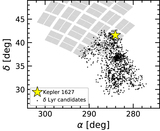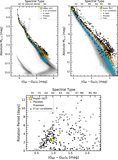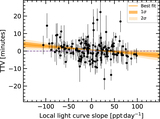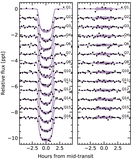Image Details
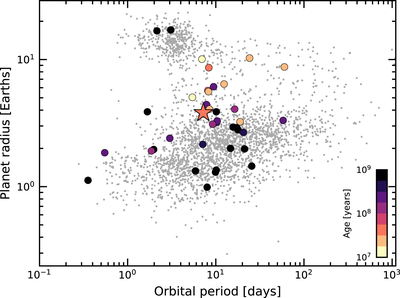
Caption: Figure 9.
Radii, orbital periods, and ages of transiting exoplanets. Planets younger than a gigayear with τ/σ τ > 3 are emphasized, where τ is the age and σ τ is its uncertainty. Kepler 1627Ab is shown with a star. The large sizes of the youngest transiting planets could be explained by their primordial atmospheres not yet having evaporated; direct measurements of the atmospheric outflows or planetary masses would help to confirm this expectation. Selection effects may also be important. Parameters are from the NASA Exoplanet Archive (accessed 2021 September 15).
Copyright and Terms & Conditions
© 2022. The Author(s). Published by the American Astronomical Society.



